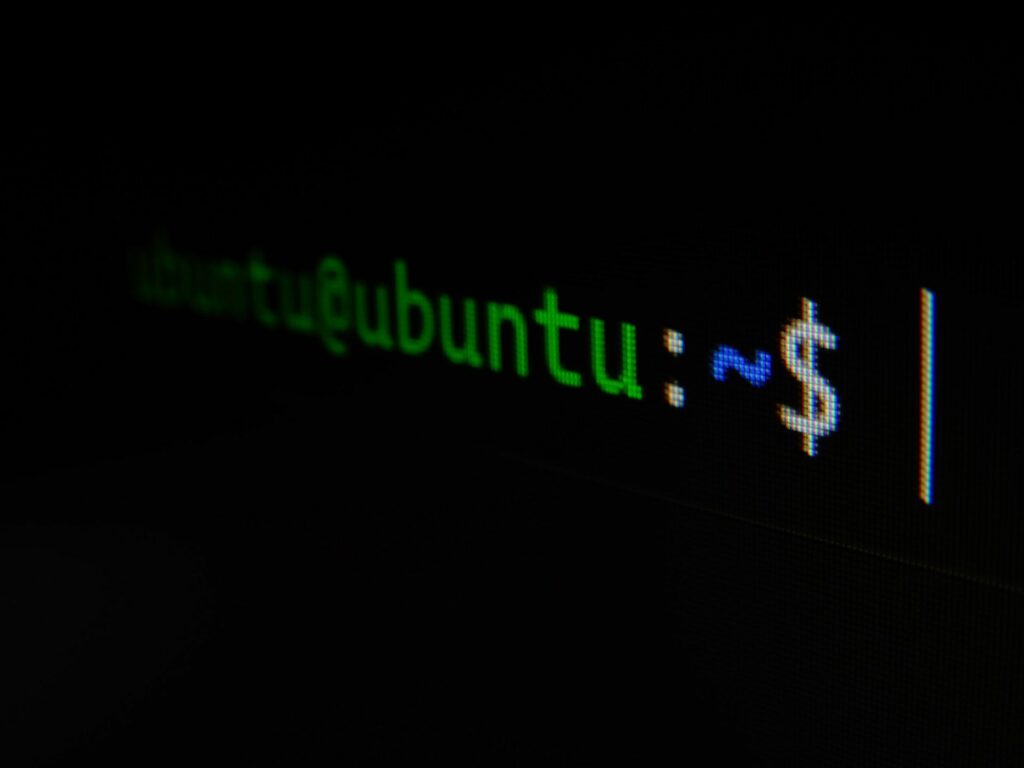This article titled “How to Manage Users in Linux with freeCodeCamp.org” provides an informative guide on the process of managing users in the Linux operating system. With Linux being a popular and powerful operating system choice for developers, knowing how to effectively manage users is essential for maintaining system security and organization. This article from freeCodeCamp.org offers step-by-step instructions, tips, and best practices for creating, modifying, and deleting user accounts in a Linux environment. Whether you are a beginner or experienced Linux user, this article aims to equip you with the necessary knowledge and skills to effectively manage users in Linux.
How to Manage Users in Linux with freeCodeCamp.org

Introduction to Linux Users
Linux is an open-source operating system that is widely used in various industries and sectors. One of the key features of Linux is its robust user management system, which allows administrators to easily create, modify, and delete user accounts. Managing users in Linux is essential for maintaining security, controlling access to resources, and organizing system privileges. In this article, we will explore the different aspects of managing users in Linux and provide a step-by-step guide to help you effectively handle user accounts.
Creating a New User
To create a new user in Linux, administrators can utilize the useradd command, which allows them to specify various parameters such as the username, UID (user ID), GID (group ID), home directory, default shell, and more. Creating a new user is a straightforward process that involves executing the useradd command followed by the desired username. Once the user is created, administrators can set the initial password and configure additional account properties if necessary.
Modifying User Account Properties
Linux provides several tools and utilities for modifying user account properties. The usermod command is commonly used to change specific attributes of an existing user account. With the usermod command, administrators can modify properties such as the username, UID, GID, home directory, default shell, expiration date, and more. By leveraging the usermod command, administrators can easily adapt user accounts to changing requirements and ensure proper user management.
Setting User Passwords
A critical aspect of user management in Linux is setting and managing user passwords. Administrators must ensure that user passwords are strong, secure, and regularly updated. Linux provides the passwd command, which allows users and administrators to change their own passwords or set passwords for other users. The passwd command encrypts and stores passwords in the system’s password file, ensuring the protection of user credentials.

Locking and Unlocking User Accounts
To enhance security and prevent unauthorized access, administrators can lock user accounts when they suspect suspicious activity or when a user leaves the organization. Linux provides the usermod command with the -L option to lock user accounts. Locking an account temporarily disables it, preventing the user from logging in. Conversely, the usermod command with the -U option can be used to unlock user accounts and restore their access.
Deleting User Accounts
When a user account is no longer needed, administrators can remove it from the system using the userdel command. The userdel command deactivates the user’s account, removes associated files and directories, and updates system files accordingly. Deleting user accounts is crucial for maintaining system cleanliness, security, and resource optimization. It is important to ensure that all files and data associated with the user are properly backed up or transferred before deleting the account.

Switching Between Users
Linux allows users to switch between different user accounts without logging out or restarting the system. The su command enables users to assume the identity of another user temporarily. By using the su command followed by the desired username, users can switch to the specified user account and perform actions that require different permissions or privileges. This feature is particularly useful for system administrators who need to perform tasks that require elevated privileges.
Granting Administrative Privileges
In Linux, administrative privileges are granted through the concept of the root user or superuser. The root user has full control and unrestricted access to the entire system, including all files, directories, and processes. Administrators can grant specific users administrative privileges by adding them to the sudoers file and allowing them to execute commands with elevated privileges using the sudo command. Granting administrative privileges to trusted users allows them to perform system-wide actions while ensuring accountability and security.

Managing User Groups
Linux provides user groups as a mechanism for organizing users with similar permissions, privileges, or roles. Administrators can create, modify, and delete user groups using various commands such as groupadd, groupmod, and groupdel. User groups can be used to control access to resources, manage file permissions, and facilitate collaboration among users with shared responsibilities. Understanding user groups and effectively managing them is crucial for maintaining a well-structured and secure Linux environment.
Monitoring User Activity and Sessions
Monitoring user activity and sessions is a vital aspect of Linux user management. Administrators can track user logins, commands executed, and system actions through various log files and utilities. The last command provides information about recent user logins, while the w command displays a snapshot of logged-in users and their activities. Monitoring user activity helps detect and troubleshoot any suspicious or unauthorized actions, ensuring the security and integrity of the Linux system.
In conclusion, effective user management is essential for maintaining the security, stability, and efficiency of a Linux system. By following the steps and guidelines outlined in this article, administrators can create, modify, and delete user accounts, set strong passwords, control access privileges, and monitor user activity. Linux’s user management features provide a robust framework for organizing and securing user accounts, making it a reliable operating system for various applications and scenarios.

